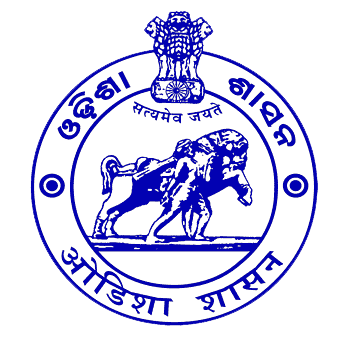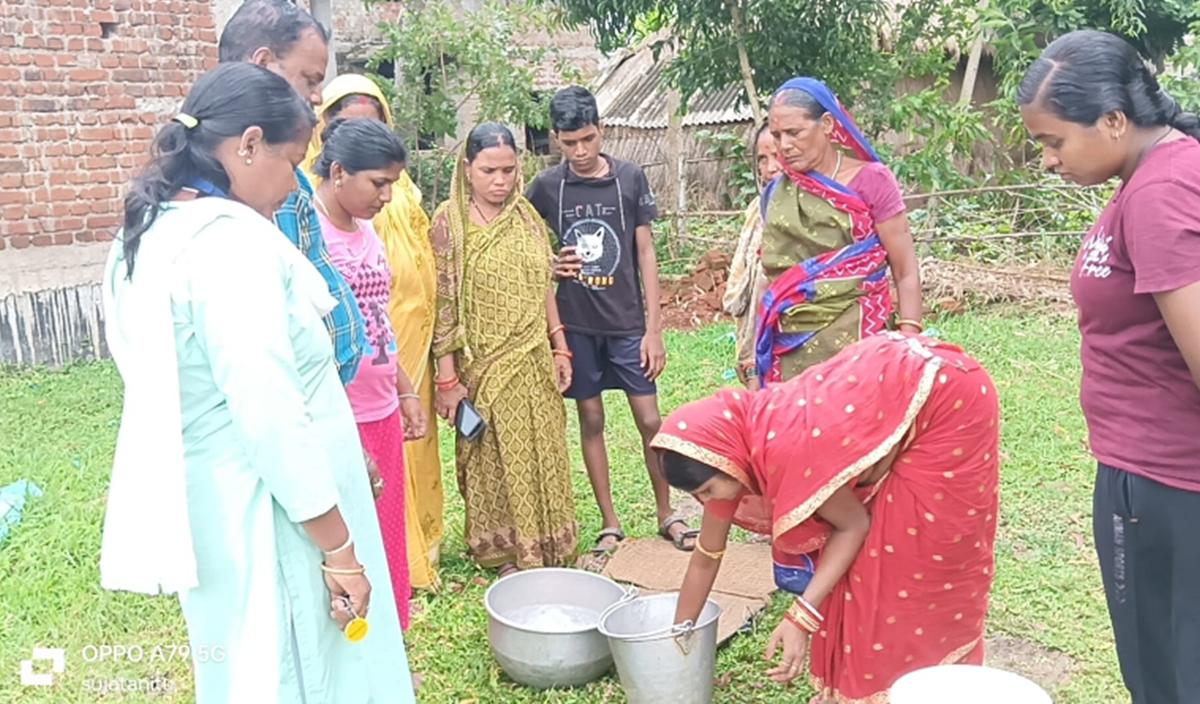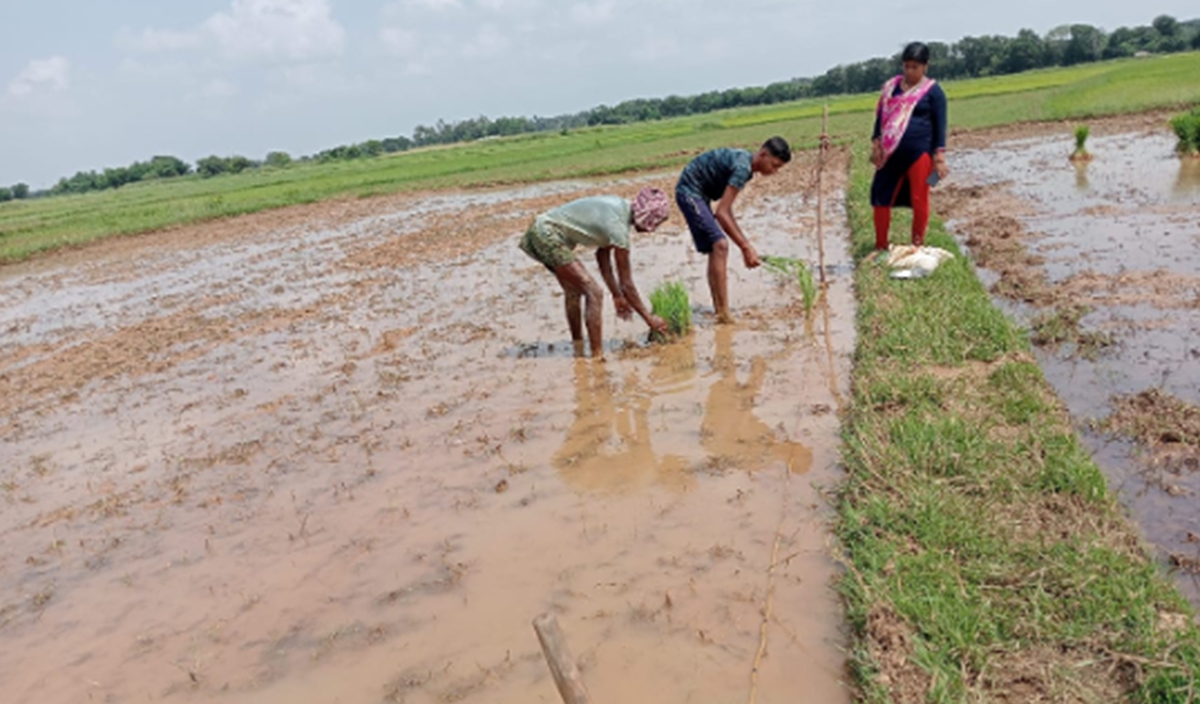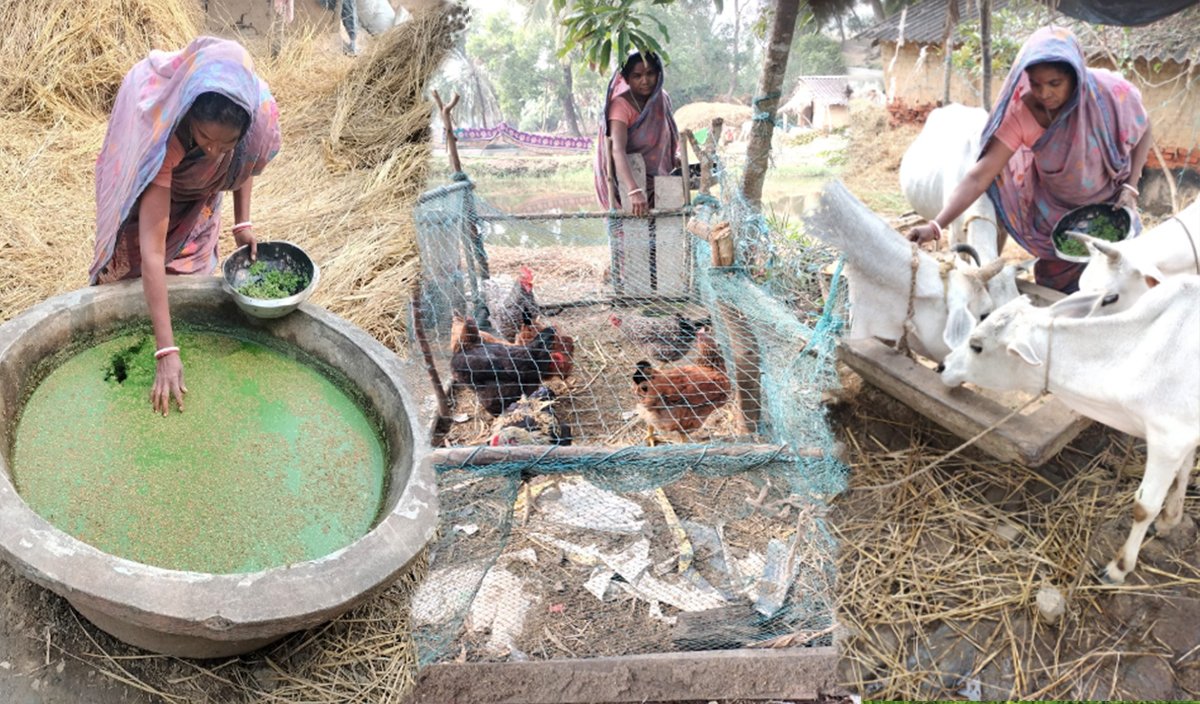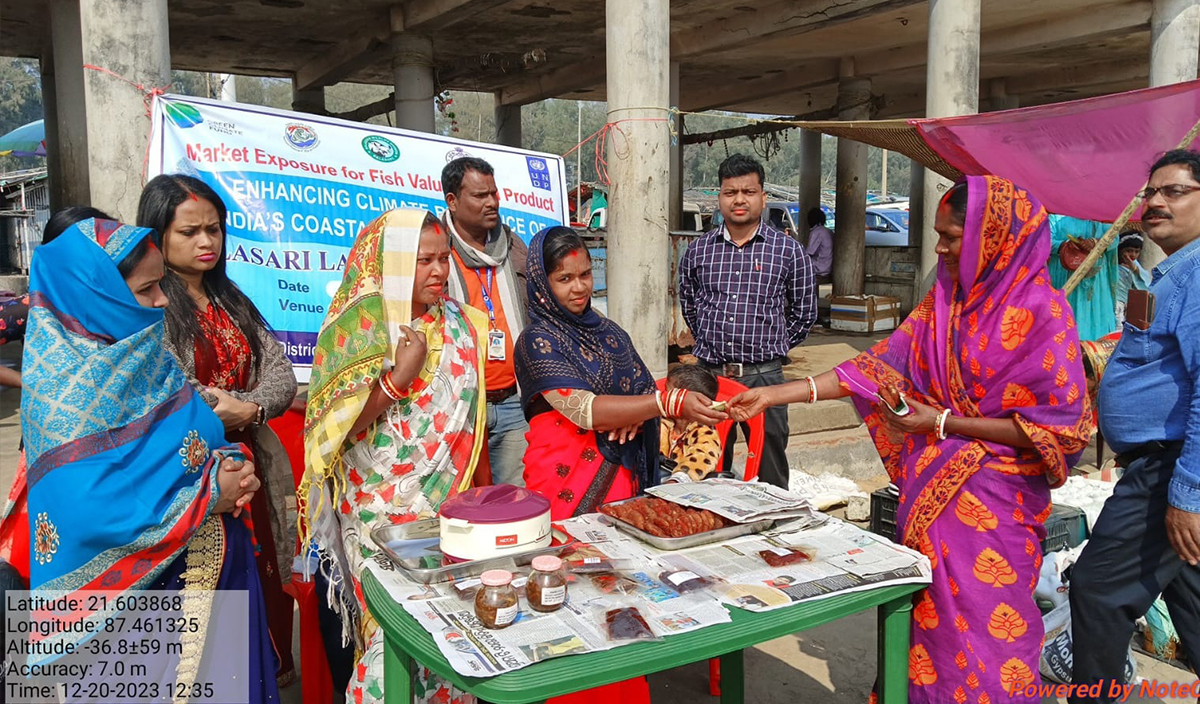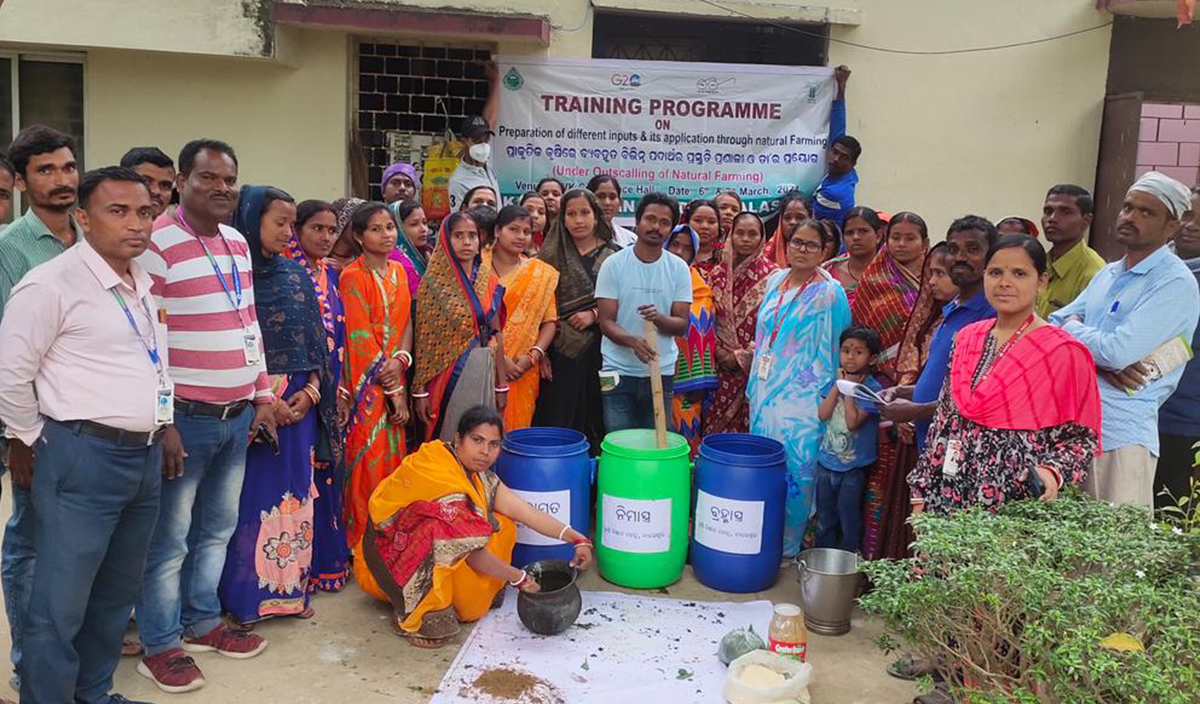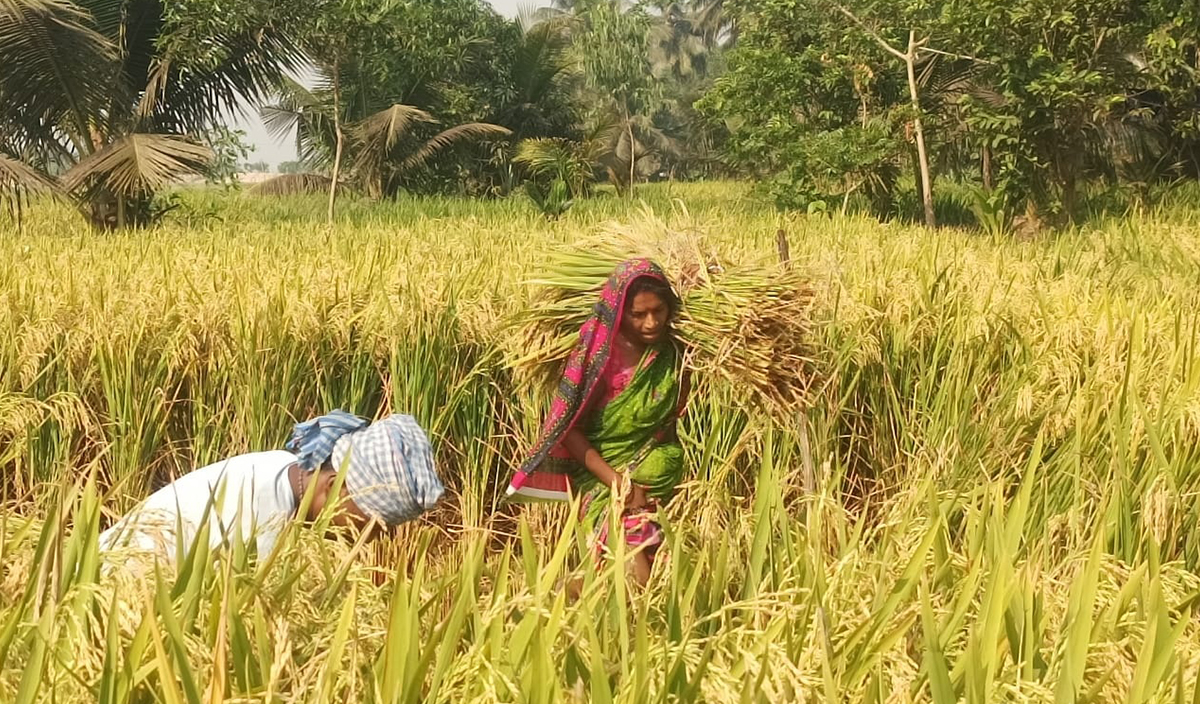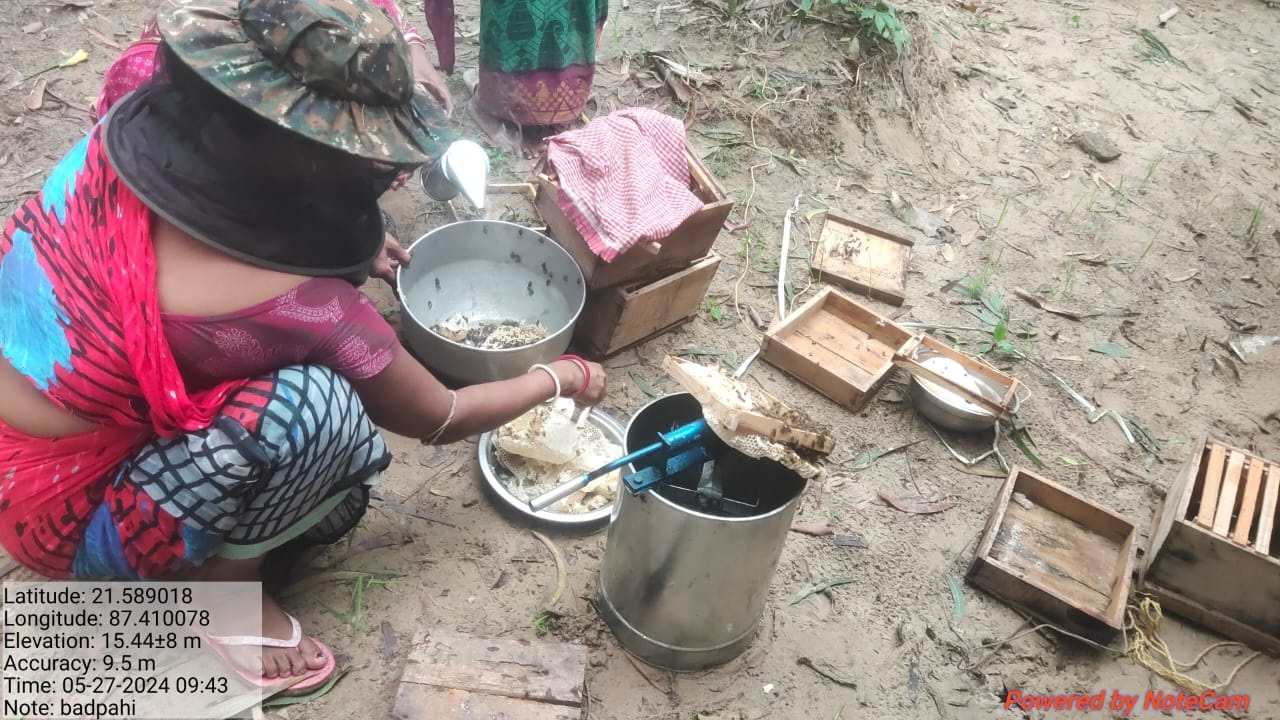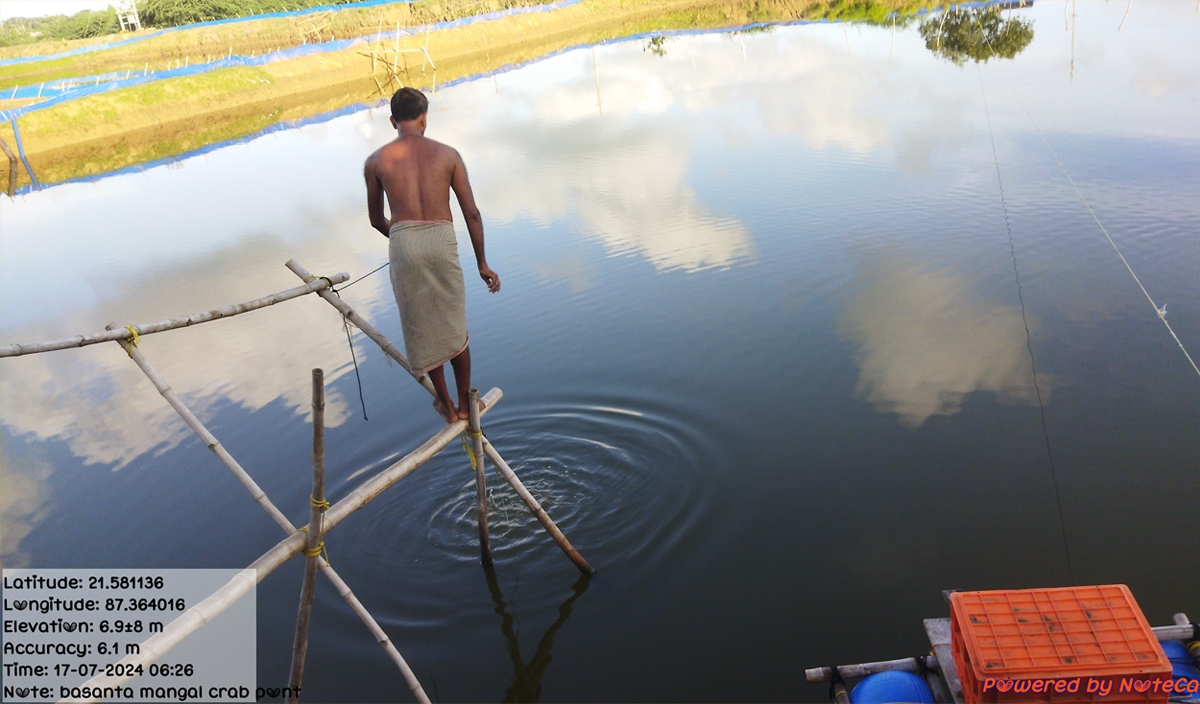Shifting the Paradigm of Paddy Farming through the System of Rice Intensification: The Case of Rabinarayan Mohanty’s Experience
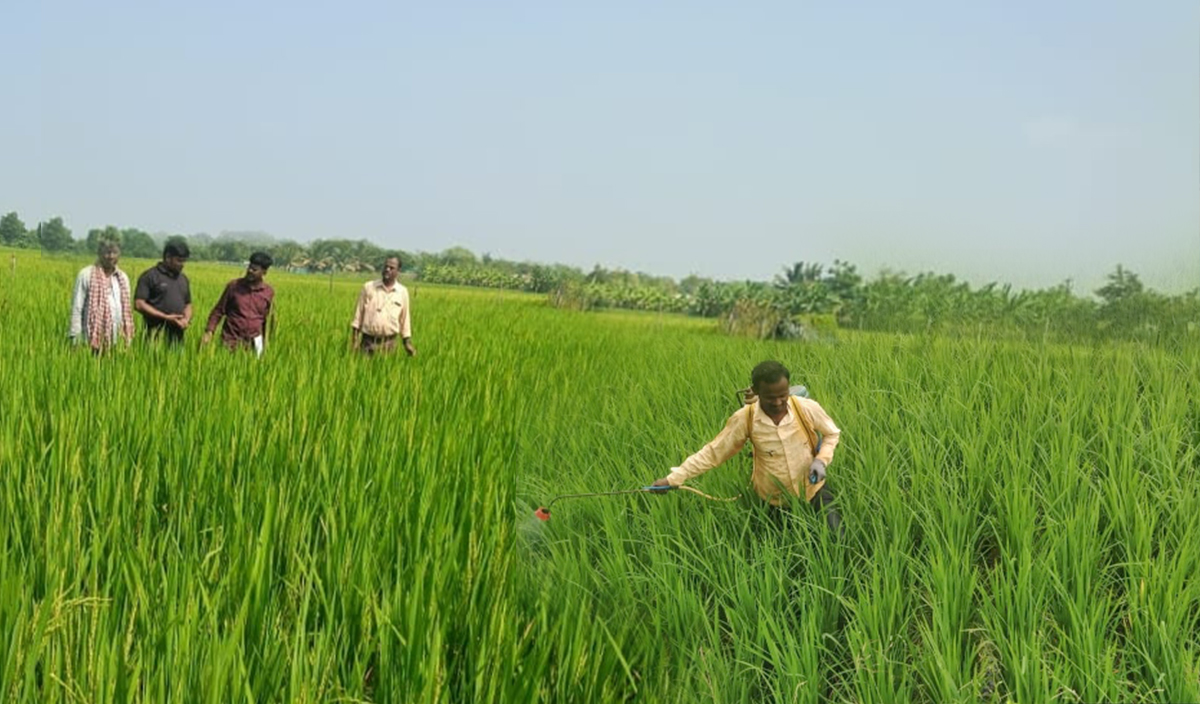
Adjoining the Bhitarkanika region of Kendrapara district of Odisha, in Patrapur village, farmers dealt with a plethora of problems in their farming activities. The unanticipated rain, inconsistent drought, and excess usage of chemical fertilizers were causing the permanent degradation of soil. These challenges led to low economic productivity and poverty-stricken food availability for most farmers. However, the introduction of the ECRICC project brought with it the System of Rice Intensification (SRI), which revised whole farming practices for hope of a better future.
The Change that Followed
Deep rooted in the region of Patrapur, farmers practiced traditional paddy farming and were well aware of its shortcomings. The over-reliance on monsoons combined with indiscriminate flooding of fields, rendered planting and harvesting schedules null. Chronic application of chemical fertilizers severely diminished the quality of soil, together with poor irrigation infrastructure which could only support a single food crop a year. With these complexities working against them, families found it difficult to meet their basic requirements.
The introduction of System of Rice Intensification by the ECRICC project seemed like a way to solve long standing problems in the rice cultivation. At first, farmers were not willing to accept this novel method due to its difference when compared to the traditional way of doing things. However, one villager by the name of Rabinarayan Mohanty, who happened to be a farmer, chose to experiment with SRI after receiving assistance and training from the project.
The System of Rice Intensification towards Sustaining Development: A Case Study
With the assistance of the other stakeholders such as Forest, Environment and Climate Change and Nature's Club, SRI was taught to Patrapur farmers. To add, Rabinarayan was not alone in having concern about SRI effectiveness like many had. Nevertheless, after attending community sensitization and training workshops, especially those with SRI live demonstrations, he became more comfortable with the approach.
Through continuous motivation by Climate Champion Sarmistha Rout, Rabinarayan started using SRI on his fields. He began by taking up organic inputs instead of chemical fertilizers as well as wide spacing of young seedling on fields. He also made changes in water supply to the fields and began using irrigation instead. All these new strategies changed his farming approach greatly for the better.
The Outcome: Echoes of a Successful Change
Rabinarayan’s shift to SRI proved successful. By the seasons' end, CCE data loggers noted that his yield increased to 6 quintals over and above his normal harvest by adopting the SRI methods. This intervention not only enhanced his steady income but also worked towards minimizing inputs, labour, and resources—making it eco-friendlier for farmers.
The environmental gains were no less astonishing. With the decreased application of chemical fertilizers, Rabinarayan’s farm was able to adopt more greener practices. The increased application of organic manure enabled new higher levels of soil fertility, and lower carbon emissions made for a better overall environment. These adjustments have also helped elevate Rabinarayan to a role as a model for other villagers, encouraging them to try out SRI for themselves.
In the beginning, there was doubt, particularly towards the SRI processes, but with the aid of the ECRICC project and Nature’s Club, Rabinarayan Mohanty is now a proud sustainable farmer in Patrapur. His case has helped inspire many other farmers and it is hoped that more will implement the SRI practices. Mohanty’s decision enhanced not only his family’s income, but also his commitment towards environmental conservation.
“I was a little doubtful about SRI at first. However, with the support I got from the ECRICC project and the Climate Champion, I have been very successful. This has motivated me to maintain this practice in the next few years,” Rabinarayan recollected.
Addressing Issues
Somewhere along the lines, the project suffered some issues like rainfall not being proportional and inability to irrigate. These were however dealt with through good biological water management and the constant supply of organic materials. The ECRICC team was always available at the field, helping farmers like Rabinarayan to optimize the new farming techniques.
A Broader Perspective
The journey of Rabinarayan Mohanty’s SRI practices helps us understand the impact that adopting sustainable practices of agriculture can have on an individual’s life. His narrative is evidence of the magnitude of innovation’s impact in challenging situations. Rabinarayan’s single-handedly improved his livelihood and simultaneously proved that most farmers in bad circumstances can uplift their standard with some proper planning as well as farming skills.
Today, his success is a source of motivation for other farmers throughout Patrapur. His journey proves that with adequate assistance and the right attitude towards change, it is possible to achieve a more sustainable and economically viable agricultural future.

